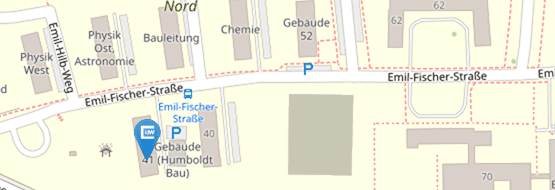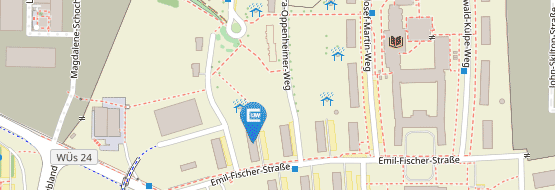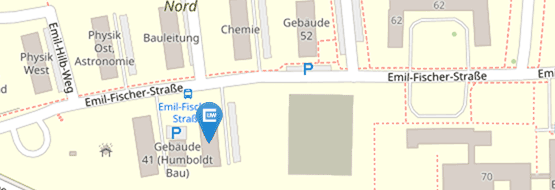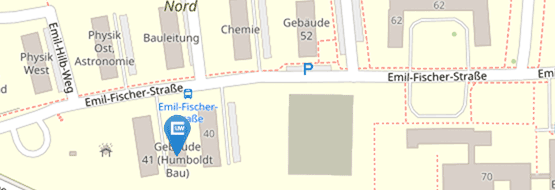Teaching materials
Overview
- EDV-use in mathematics lesson (Secondary leve I)- Dynama
- Entry into the spreadsheet - excel course with exercises
- EUKLID DynaGeo in class
- Primary school: learning at stations: Geometric bodies
- Contructions with Cinderella
- Learning at stations: rational functions
- "Problems-sequences-Excel"
- Calculator tests
- Terme dynamic
- DynaPlot: Dynamic function plotter based on Excel
- Approval work
- Solve extreme tasks with the computer
- The schematic connection of road sections (clothoids)
- Algebra meets Geometry
- Use of a TKP in stochastic lessons
Proving Techniques of the Pythagorean Theorem (Noeth)
The sentences of Pythagoras's theorem help us to answer numerous mathematical questions in constructions, proofs, derivations of formulas, etc. On this page various applications are discussed, e.g. Length calculations for plane and space geometry, applications in analytical geometry and trigonometry.
Author: Christian Noeth
EDP use in mathematics lessons (secondary level I) "Dynama" (Tiefenbacher / Weiß)
Colleagues Georg Tiefenbacher and Ulrich Weiß from the Wolffskeel School Würzburg (Realschule) provide on their pages teaching materials that have been developed for teaching mathematics at Realschulen. They collect additional units that are provided on their pages and they hope for cooperation.
Entry into the spreadsheet - Excursion with exercises (Mades)
Based on the math world magazine "Numbers, Data & Co - Getting Started in Spreadsheets" Robert Mades has created the following Excel course for grades 6 - 10. The students can work independently either during a lesson or at home. All sheets in the workbook are protected, so students only have access to the cells they want to work on. You can unlock this protection without a password to make changes.
EUKLID DynaGeo in class (Roth)
Here, interactive constructions are offered that were created with the aid of the dynamic geometry software (DGS) EUKLID DynaGeo. Interesting topics can be selected both alphabetically and by grade.
Constructions with Cinderella (White)
This page is for teachers who want to visit a computer room with their students to give students the opportunity to experience dynamical geometry. On this page you will find basic tasks that create a connection between classic constructions and their simplification in Cinderella. There are also learning units in which the student can deal with a design problem in four to five sections longer. The conclusion is Dynamic Tasks. Here the student can "prove" universally valid laws dynamically.
Learning at Stations: ational functions (BLK Model Test SelMa)
Learning at Stations (synonymous also Stations Learning and learning circles) is an open form of teaching, which originates from the elementary school area and has meanwhile found entrance into the secondary level I and also the high schools, but is still poorly tested in the secondary level II. This form of independent work takes account of different learning conditions, different approaches as well as different learning and working speed in a special way. The students are offered a comprehensive range of tasks, from which they choose on their own responsibility. The processing of tasks (including control and correction) is largely independent.
Here you can download the material:
http://www.s.shuttle.de/delta/Selma-F/index.htm
"Problems-Follow-Excel" (Weigand)
An interactive teaching and learning program for use in class 10 and higher.
This teaching and learning system shows the spreadsheet program EXCEL as a step-by-step, powerful didactic tool for teaching mathematics.
It is possible to download the complete version and individual programs.
Calculator tests (Glaser)
Since calculators can only work with a limited number of digits, invoices with a higher number of digits are calculated with approximation. The quality of these approximate calculations changes with respect to the individual calculator.
On this page there are tests that can be used to determine the computing accuracy of your calculator.
Terms dynamic (Roth)
- The students should gain experience on the behavior of change of terms with a variable (here, as a rule, denoted by x).
- The basic question is: How does a change in the x value affect the term value?
- With qualitative (increasing / decreasing, uniform / non-uniform change, faster / slower change) and quantitative (including maximum, minimum, f (0) =?) Statements, the change behavior of terms should be recorded.







